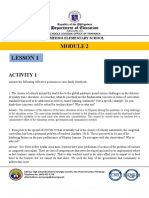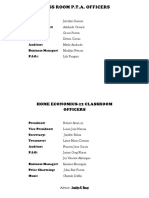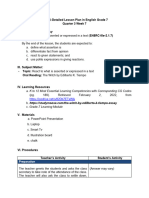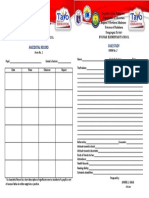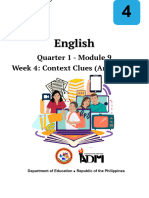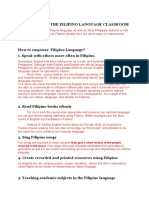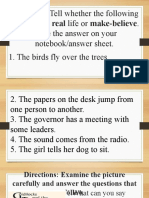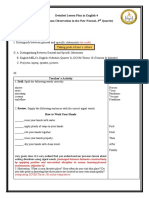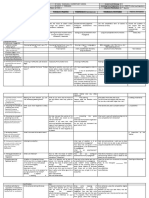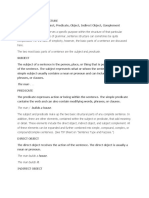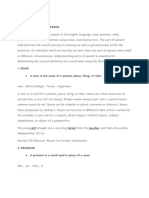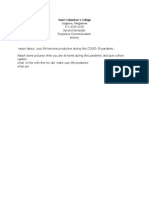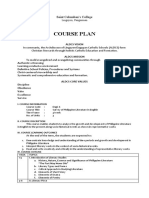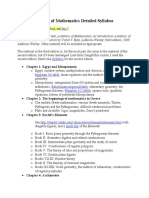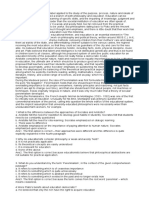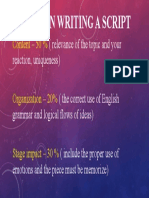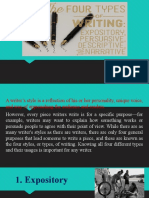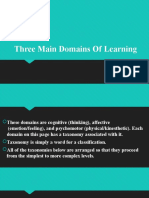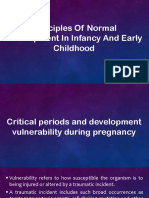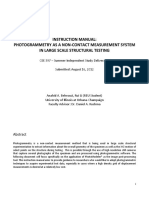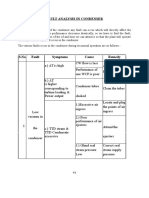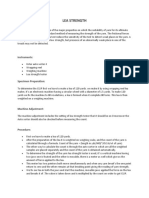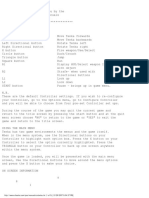0% found this document useful (0 votes)
934 views10 pagesModule 3 and 4
This document provides teaching materials on basic English grammar concepts for elementary students. It discusses sentence structure, including independent and dependent clauses. It also defines the key parts of a sentence: subjects, predicates, and objects. Additionally, the document covers compound sentences and conjunctions. The next section defines the eight parts of speech - noun, pronoun, verb, adjective, adverb, preposition, conjunction, and interjection - and provides examples of each. An activity is suggested to help students practice identifying parts of a sentence.
Uploaded by
MelCopyright
© © All Rights Reserved
We take content rights seriously. If you suspect this is your content, claim it here.
Available Formats
Download as DOCX, PDF, TXT or read online on Scribd
0% found this document useful (0 votes)
934 views10 pagesModule 3 and 4
This document provides teaching materials on basic English grammar concepts for elementary students. It discusses sentence structure, including independent and dependent clauses. It also defines the key parts of a sentence: subjects, predicates, and objects. Additionally, the document covers compound sentences and conjunctions. The next section defines the eight parts of speech - noun, pronoun, verb, adjective, adverb, preposition, conjunction, and interjection - and provides examples of each. An activity is suggested to help students practice identifying parts of a sentence.
Uploaded by
MelCopyright
© © All Rights Reserved
We take content rights seriously. If you suspect this is your content, claim it here.
Available Formats
Download as DOCX, PDF, TXT or read online on Scribd
/ 10



